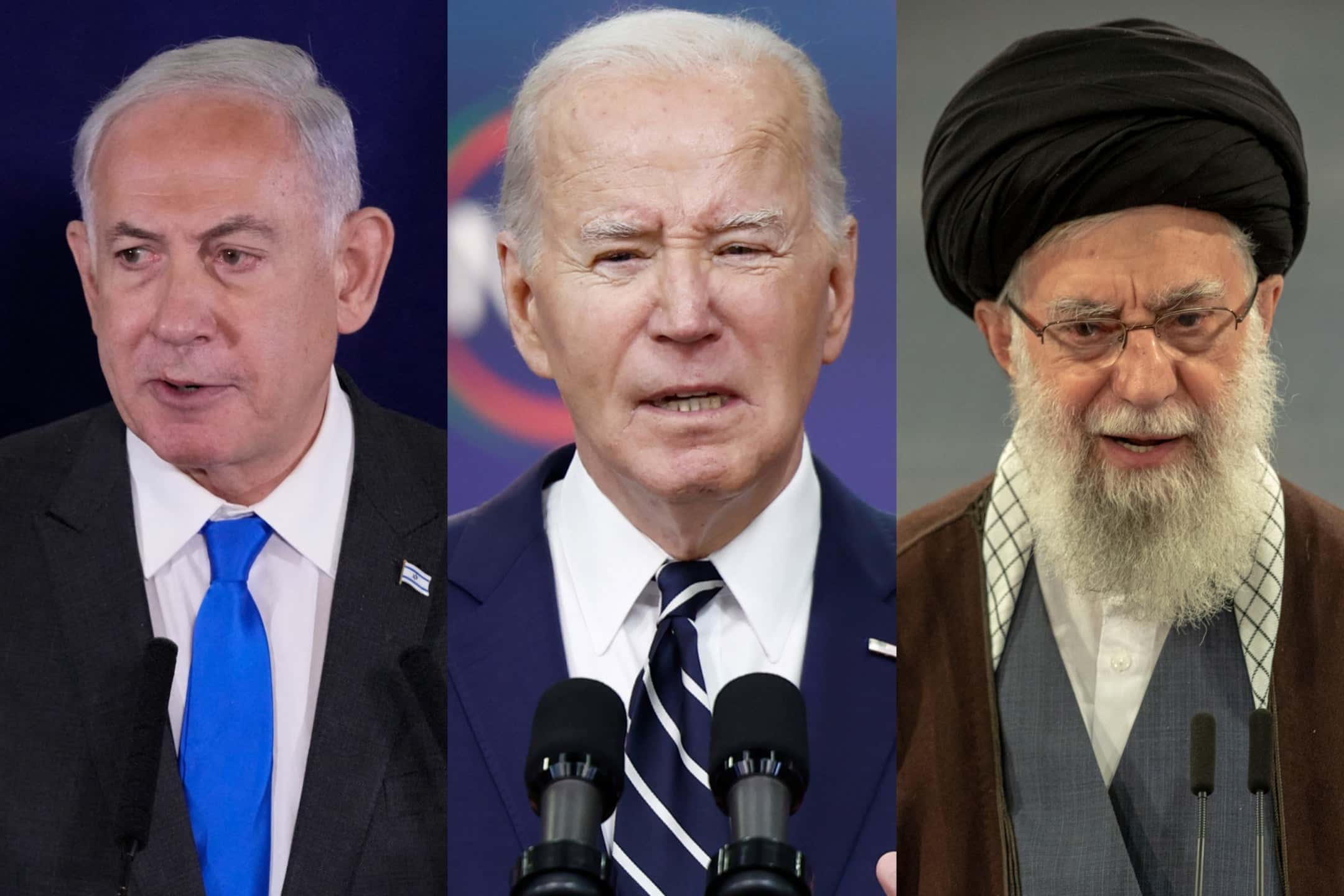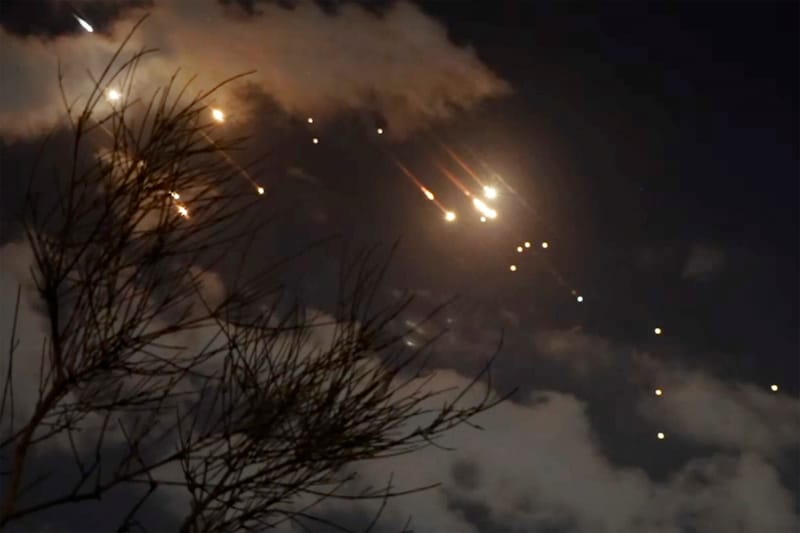U.S. and Allies Brace for Imminent Iranian Attack on Israel
Israel and the U.S. brace for a potential Iranian attack amid escalating tensions, with military forces at peak readiness and diplomatic efforts underway to prevent conflict.
Tensions in the Middle East have reached a critical juncture as both Israel and the United States prepare for what is expected to be a retaliatory attack from Iran and its regional proxies. On Monday, the Israeli military declared itself at "peak readiness," while U.S. military forces moved a guided-missile submarine into the region as a precautionary measure. According to John F. Kirby, White House national security spokesman, U.S. intelligence suggests that an attack on Israel is "increasingly likely" and could occur within days.
The heightened state of alert follows the assassination of Ismail Haniyeh, a prominent Hamas leader, in Tehran on July 31—a killing Iran has attributed to Israel, though Israel has neither confirmed nor denied involvement. Iran has vowed to retaliate, raising the specter of a large-scale military escalation.
In response to the growing threat, President Joe Biden engaged in diplomatic efforts on Monday, holding discussions with the leaders of Britain, France, Germany, and Italy. The group issued a joint statement supporting ongoing efforts to de-escalate tensions between Israel and Hamas and urged Iran to "stand down its ongoing threats of a military attack against Israel."
British Prime Minister Keir Starmer and German Chancellor Olaf Scholz both reached out to the newly elected Iranian President, Masoud Pezeshkian, urging restraint and a commitment to avoid further military escalation. These diplomatic overtures come as efforts to secure a cease-fire in the Gaza conflict continue, with talks expected to resume on Thursday under the mediation of Egypt and Qatar.
Meanwhile, the U.S. has taken additional military precautions. On Sunday, Defense Secretary Lloyd Austin ordered the USS Abraham Lincoln carrier strike group to accelerate its deployment to the Middle East. The strike group, accompanied by fighter jets, a guided missile cruiser, and a guided missile destroyer, joins another carrier, the USS Theodore Roosevelt, already stationed in the Eastern Mediterranean. This marks the second time in six months that the U.S. has deployed two carriers to the region.
"Two carriers is definitely a signal," said Jerry Hendrix, a retired U.S. Navy captain and senior fellow at the Sagamore Institute. "It allows us to cover both sides of the Middle East. You've got one coming out of the Mediterranean—that gives you double coverage to be able to cover down on Israel on one side and lay pressure on Iran on the other side."
Despite the high tensions, Israeli authorities have sought to downplay the immediacy of the threat, emphasizing that instructions to civilians remain unchanged. However, the possibility of a major conflict breaking out due to miscalculations or accidents looms large, with both sides seemingly on the brink of a dangerous escalation.
As the world watches, diplomatic and military strategies are being carefully calibrated to prevent a broader conflict that could destabilize the entire region. The coming days will be crucial in determining whether these efforts succeed or whether the Middle East is plunged into another cycle of violence.






